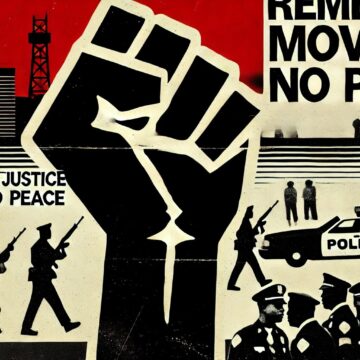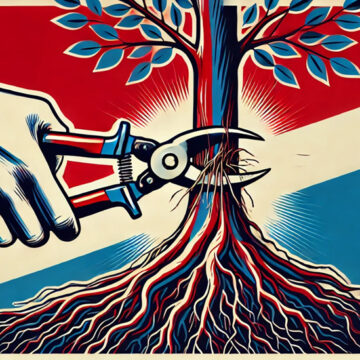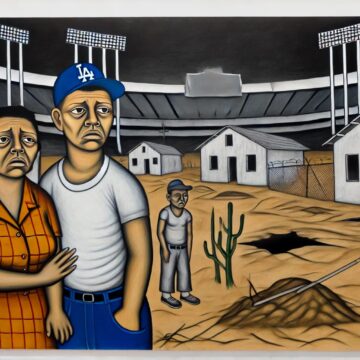Elon Musk, once celebrated as a visionary, is now unraveling under the weight of his own hubris. His chaotic mismanagement of Twitter (now "X") gutted its moderation, alienated advertisers, and turned it into a haven for spambots and extremists. Tesla, once synonymous with innovation, now struggles with delays, recalls, and regulatory scrutiny over its self-driving promises. Neuralink faces ethical concerns, Hyperloop fizzled out, and SpaceX’s achievements are overshadowed by Musk’s erratic behavior. His compulsive overpromising, questionable ethics, and reckless social media antics have transformed him from a tech icon into a self-destructive figure, more meme than mastermind.
Category: Politics
The 1985 MOVE Bombing: An Examination of State Violence, Race, and Urban Life in America
The 1985 MOVE bombing in Philadelphia stands as a stark example of the intersection between race, state violence, and urban policy in the United States. When the city dropped a military-grade bomb on the home of the Black liberation group MOVE, killing 11 people, including five children, and destroying 61 homes, it revealed the devastating consequences of police militarization and systemic racism. This event, which still resonates in the era of Black Lives Matter, highlights the ongoing struggles for police reform, racial justice, and governmental accountability in marginalized communities.
Shedding Light on the Past: North Carolina’s Eugenics Program and the Fight for Justice
"They cut me open like I was a hog." These harrowing words from Elaine Riddick, a survivor of North Carolina's eugenics program, lay bare the brutal reality faced by thousands of women who were forcibly sterilized under the guise of public health. Stripped of their reproductive rights without consent or understanding, these women became victims of a state-driven agenda aimed at controlling who was deemed "fit" to bear children. This article uncovers the hidden truths of North Carolina's dark past, revealing a legacy of systemic abuse and injustice that reverberates into the present, demanding acknowledgment and action from a new generation.
Chavez Ravine: A Neighborhood Erased for Dodger Stadium
Chavez Ravine, once a thriving Mexican-American community in Los Angeles, was demolished in the 1950s under the guise of urban renewal to make way for Dodger Stadium. This article explores the history of Chavez Ravine, the political forces behind its destruction, and the broader implications for racial injustice and housing inequality. Through the lens of urban development, it examines how communities of color were targeted, displaced, and erased, with a legacy that continues to shape housing policy and civil rights struggles in Los Angeles and beyond.
Palm Springs’ Blueprint for Urban Erasure
Section 14, located in the heart of Palm Springs, was a vital residential area for Black and Latino communities from the early 1900s to the mid-20th century. As Palm Springs grew into a tourist haven, Section 14 became one of the few places where non-white residents could live due to segregationist policies. This land, owned by the Agua Caliente Band of Cahuilla Indians, became a haven for working-class families who helped build the city's infrastructure. Despite its central location, Section 14 was excluded from the city's glamorous image, and its residents were subjected to substandard living conditions, ultimately leading to a brutal campaign of forced evictions and demolitions in the 1950s and 60s, erasing much of its community and history.




